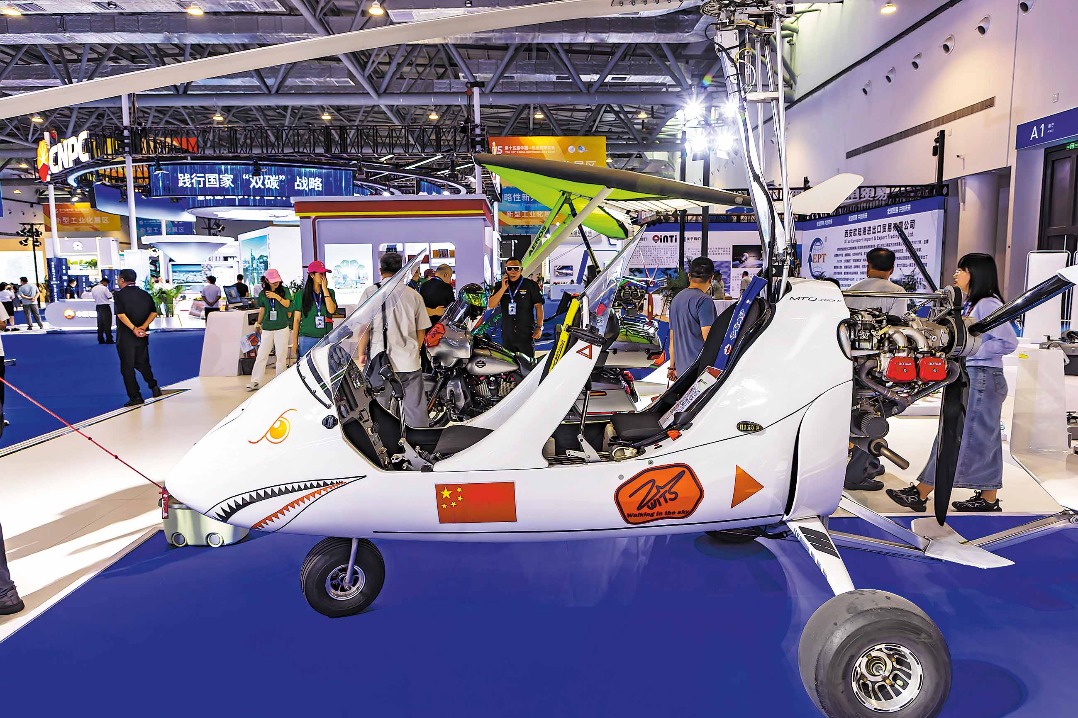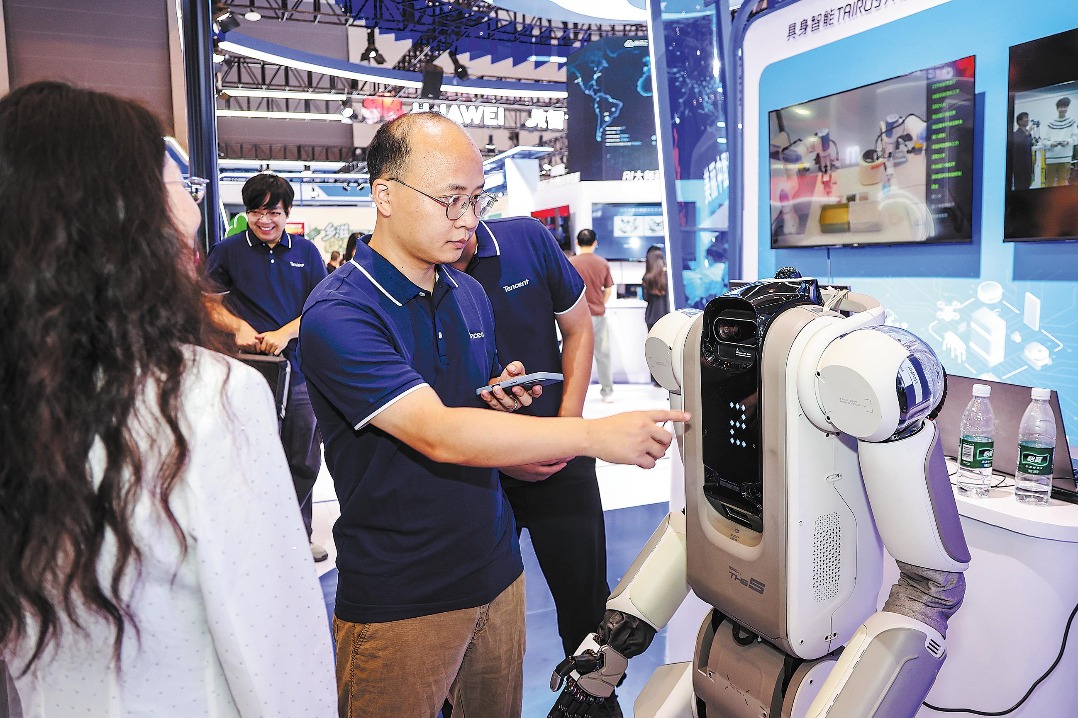Domestic OLED makers zoom in on next-gen tech


Nation seen accounting for 76 percent of panel production capacity next year
Global shipments of organic light-emitting diode (OLED) panels used in terminal devices like smartphones, tablets and laptops are expected to gain growth momentum in 2024, as major Chinese display panel makers are doubling down on next-generation display technologies and expanding their footprint in the rapidly growing semiconductor display sector, experts said.
Sigmaintell Consulting, a Beijing-based market research firm, said global shipments of OLED panels will likely reach 710 million units this year, an increase of 14 percent year-on-year, with the vast bulk of these panels to be used in smartphones — reaching 680 million units in 2024.
Global shipments of OLED panels used in tablets and laptops will stand at about 15 million units and 6 million units this year, respectively. Meanwhile, shipments of OLED panels used in smartphones made in China will account for about a 45 percent share in overall OLED panel shipments worldwide this year, said Chen Jun, executive vice-president and chief analyst of Sigmaintell.
It is noteworthy that an increasing number of OLED panels are gradually being applied in medium-sized display products, such as tablets, laptops and vehicle-mounted devices.
According to Sigmaintell, the penetration rate of OLED panels used in tablets is expected to increase from 5.7 percent in 2024 to 18 percent in 2028, while shipments of OLEDs in laptops will soar nearly 92 percent year-on-year in 2024.
Compared with traditional liquid crystal displays, the latest generation display technologies represented by OLEDs have made great improvements in terms of image contrast, brightness and color spectrum, thus further accelerating the upgrade of the display industry.
Chinese display panel maker BOE Technology Group Co Ltd announced in November it plans to invest 63 billion yuan ($8.8 billion) to set up a new active-matrix organic light-emitting diode (AMOLED) production line in Chengdu, Sichuan province. BOE's products will be mainly high-end touchscreens such as those seen on laptops and tablets.
BOE topped the domestic market, with shipments of flexible OLED panels used in smartphones reaching 76.65 million units in 2022, making it the world's second-largest OLED maker after South Korea's Samsung Display, said Sigmaintell.
Chinese smartphone makers, such as Huawei Technologies Co and Xiaomi Corp, have adopted flexible OLED panels from homegrown display panel suppliers in their handsets, buoyed by the maturity of OLED technological levels and continuous production cost declines.
TCL China Star Optoelectronics Technology Co Ltd, another display panel manufacturer, is upbeat about the prospects of OLED panels, and will strengthen cooperation with global partners to bolster industrial upgrade.
Zhao Jun, senior vice-president of TCL Technology and CEO of TCL CSOT, said the company's inkjet-printed OLED panels, which feature greater brightness, faster response times, wider viewing angles and lower power consumption — and are deemed as the development direction for next-generation display technology — are expected to achieve mass production in the second half of 2024.
Industry tracker Display Supply Chain Consultants said in a report that shipments of OLED screens in high-end IT devices will increase to 44 million units in 2026, with a compound annual growth rate of 51 percent, constituting 75 percent of the premium IT equipment market.
In addition, Li Yaqin, general manager of Sigmaintell, said artificial intelligence-powered computing chips will be increasingly used in personal computers that are able to run large language models independently, adding that global shipments of AI PCs are likely to amount to 13 million units in 2024.
Li expects shipments of AI-powered smart devices, including handsets and notebooks across the globe, will rise from 170 million units in 2024 to more than 700 million units in 2028.
China will overtake South Korea to become the biggest OLED manufacturer by 2024, as more Chinese companies have invested large sums of money into new production lines, said Zhou Hua, chief analyst at CINNO Research, a Chinese flat panel display consultancy firm.
Zhou said that at present, China has become the world's largest display panel producer and is expected to account for about 76 percent of global panel production capacity by 2025.
fanfeifei@chinadaily.com.cn




































